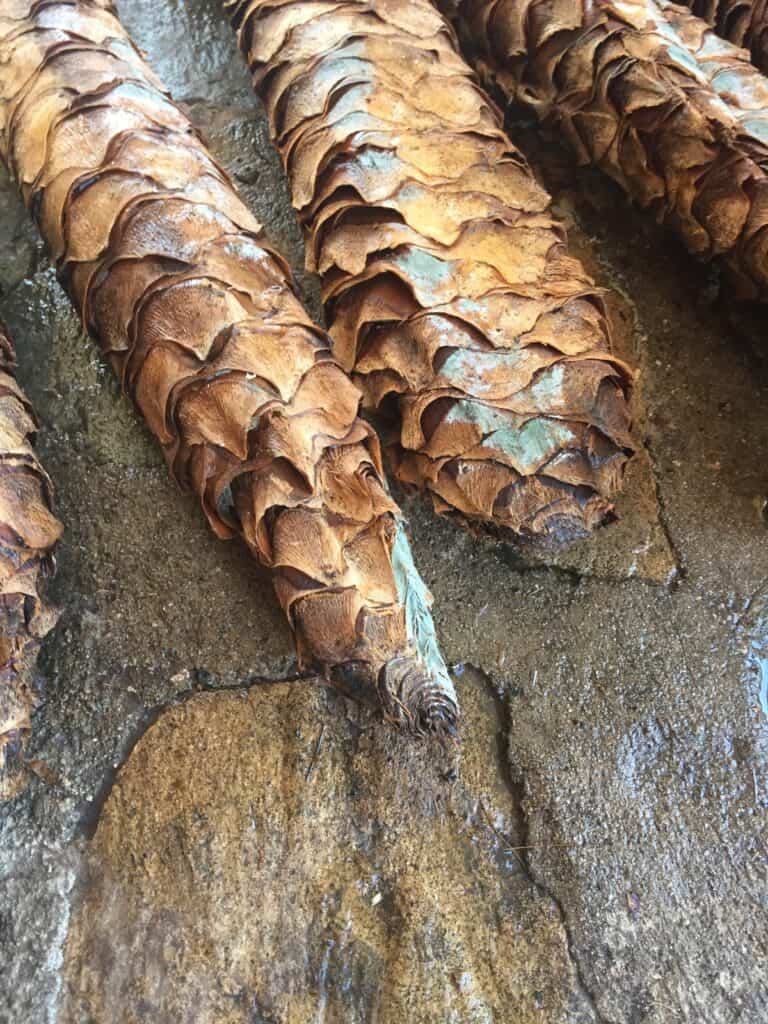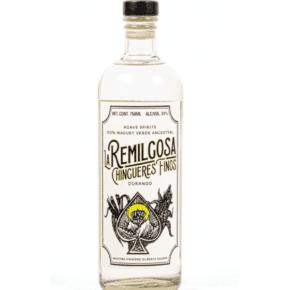Almost all mezcal undergoes a wet fermentation when crushed agave fibers and water sit in vats and let all the ambient yeast and bacteria go to work. But some mezcal makers also use a dry fermentation as well. This step happens after agave are roasted. Agave are left out in the open air of the palenque to gather in the rich community of microorganisms that inhabit the area. This can look like a light layer of mold or nothing at all. While the biological process seems to be akin to the molds in cheese which break down the host while adding flavor I have yet to find a good investigation of this process. Email me if you know of one or are working on this project.

Maestros mezcaleros think that this dry fermentation adds a critical layer of flavor to their mezcals. The idea is that this slow process breaks down the agaves further after roasting while adding nuance to them before they are milled and wet fermented.













Leave a Comment